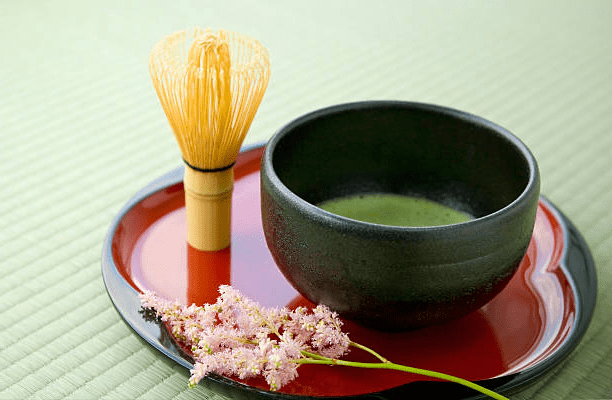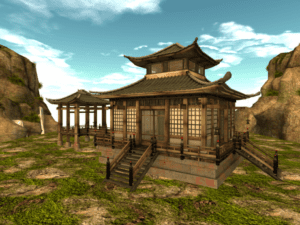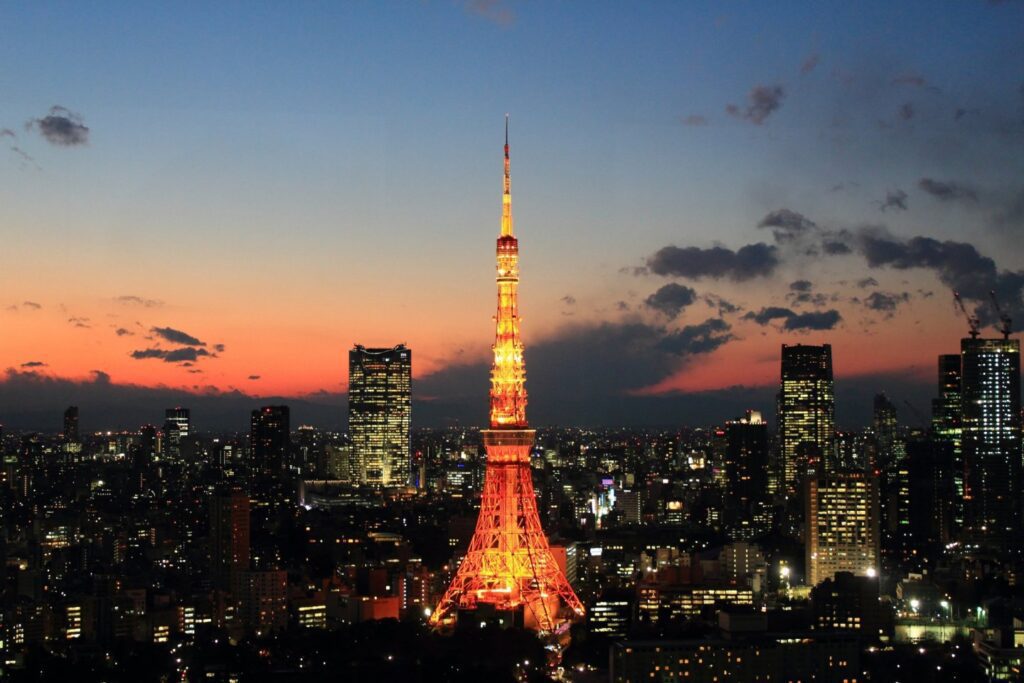Kyoto’s Timeless Ritual: The Art of the Japanese Tea Ceremony
In Kyoto, the traditional tea ceremony is not simply a way to enjoy a beverage — it is a sacred experience that embodies the principles of harmony, respect, purity, and tranquility. Known locally as chanoyu or sado, this ritual is a window into Japan’s cultural soul, refined over centuries into an elegant, meditative performance. As you enter the tearoom, you are invited into a slower rhythm of life, one where every movement is intentional, every sound is calming, and every sip of matcha draws you closer to stillness.

Why Kyoto Is the Spiritual Home of the Tea Ceremony
Kyoto, Japan’s cultural capital, is the birthplace of many Japanese traditions — including the formalized tea ceremony. The city’s temples, gardens, and historical tea houses provide the ideal setting for this immersive ritual. Here, you can find long-established chashitsu (tea rooms) where masters perform ceremonies in the same manner they were practiced hundreds of years ago.
Many of these tea houses are tucked away in scenic districts like Higashiyama and Gion, surrounded by wooden machiya townhouses, stone pathways, and tranquil gardens. It’s not uncommon to pair a tea ceremony with visits to nearby temples or cultural landmarks, creating a deeper appreciation for the city’s reverent beauty. For another contemplative travel experience in a historic setting, explore our post on Prague’s historic streets.
The Elements of a Traditional Tea Ceremony
A proper tea ceremony follows a highly ritualized structure. Guests enter the tearoom through a low doorway, bowing to demonstrate humility. The host, or teishu, performs a carefully choreographed routine to prepare and serve powdered green tea, or matcha. Every movement — from folding the napkin to whisking the tea — is deliberate, practiced, and symbolic. Silence is respected, and guests respond with quiet appreciation and gratitude.
The tearoom is typically decorated with minimal elements: perhaps a hanging scroll with calligraphy and a single flower in a vase. This austerity helps draw attention to the subtle, fleeting beauty of the moment — an aesthetic principle known in Japan as wabi-sabi.
The Role of Matcha in Tea Ceremony Culture
Matcha is not just the centerpiece of the ceremony — it is the essence of it. The finely milled powder, made from specially grown and shade-covered green tea leaves, has a deep, umami-rich flavor that is both invigorating and calming. During the ceremony, matcha is served in handcrafted ceramic bowls, often seasonal in design, that reflect the mood and meaning of the occasion.
The preparation of matcha becomes a meditative act in itself. Using a bamboo whisk (chasen), the host blends the powder with hot water until it forms a smooth, frothy consistency. When served, guests rotate the bowl before drinking, savoring its earthy richness in silence. This simple act can leave a lasting impression, offering a taste of mindfulness in physical form.
Experiencing a Tea Ceremony in Kyoto
Many tea houses in Kyoto offer experiences for both locals and tourists. Some specialize in introductory sessions, perfect for beginners, while others provide more formal ceremonies rooted in classical tradition. Language assistance is often available, and some sessions include kimono rentals for a more immersive experience.
Popular neighborhoods like Gion and Arashiyama host tea ceremonies in historical settings. You can often find tea houses within walking distance of temples, shrines, and bamboo groves, making them an ideal cultural stop during a full day of sightseeing.

Tea Culture Beyond the Ceremony
While the tea ceremony is the pinnacle of Kyoto’s tea culture, the influence of matcha can be seen throughout the city. From matcha parfaits and soft-serve to soba noodles and pastries, Kyoto has elevated powdered green tea to an art form. Local cafés and sweets shops offer modern interpretations that bridge the gap between tradition and innovation.
Several tea farms around Uji — a region near Kyoto famous for its high-grade matcha — offer tours and hands-on workshops. You can pick tea leaves, grind matcha by hand, or learn about the history of tea cultivation in Japan. This agricultural aspect adds depth to the tea ceremony, grounding it in the land and labor that make it possible.
Mindful Travel and the Spirit of Tea
Participating in a tea ceremony offers more than cultural insight — it encourages mindfulness, reflection, and presence. In a world dominated by distractions, the tea room becomes a refuge where silence is golden and time slows down. The ceremony gently teaches you to be present, to notice small details, and to find joy in simplicity.
For travelers seeking this kind of introspective journey, Kyoto delivers an unparalleled experience. Much like the serenity found wandering the streets of Reykjavik as captured in our Reykjavik travel guide, the tea ceremony lets you engage with a destination through your senses, emotions, and stillness.
Tips for Attending a Tea Ceremony
- Arrive early: Punctuality is a sign of respect. Arrive 10–15 minutes before your scheduled time.
- Dress modestly: Avoid loud patterns and flashy accessories. Simple clothing honors the minimal aesthetic of the setting.
- Learn basic etiquette: Bow when entering, observe quietly, and follow the host’s lead during the ritual.
- Book ahead: Popular tea houses often require reservations, especially during peak travel seasons like cherry blossom or autumn foliage.
Conclusion: A Ritual Worth Remembering
Kyoto’s tea ceremonies offer a gateway to timeless values that resonate far beyond the tea room. In the quiet precision of the host’s movements and the green swirl of matcha in your bowl, you’ll discover more than a cultural performance — you’ll discover a way of seeing, feeling, and being. Whether you are a first-time visitor or a seasoned traveler, let the tea ceremony be a pause in your journey, a place to breathe deeply and reconnect with the present moment.


